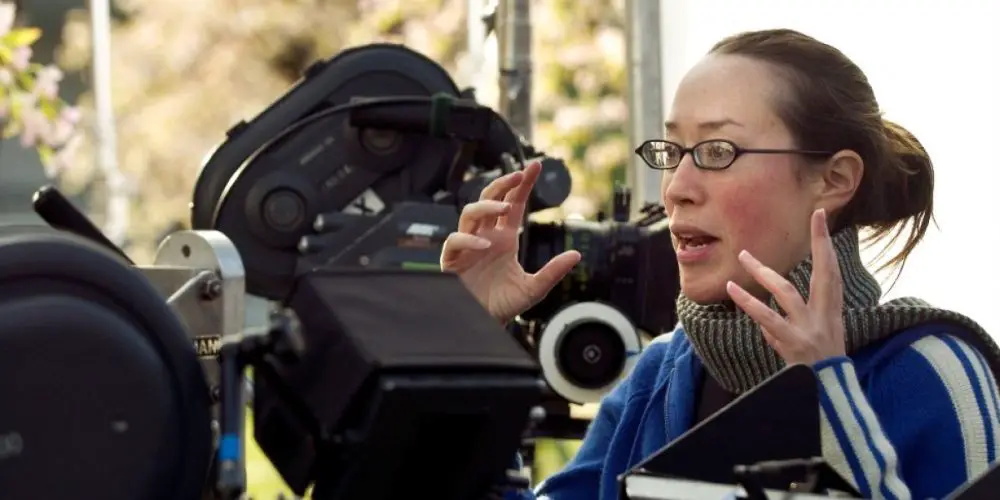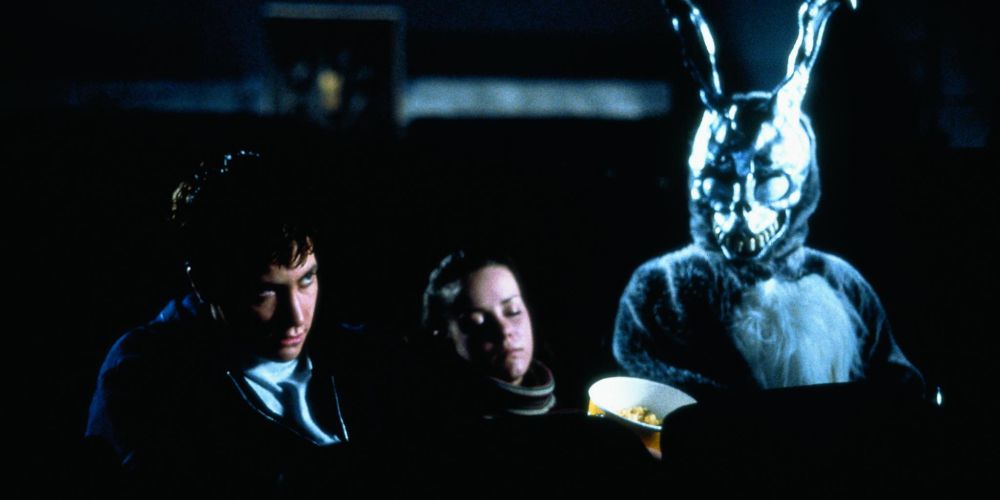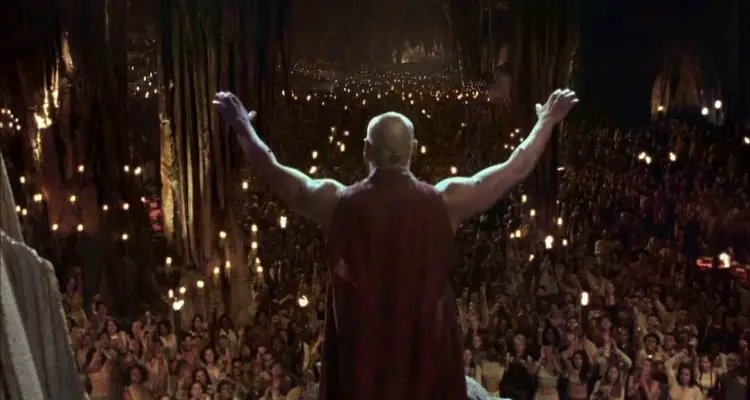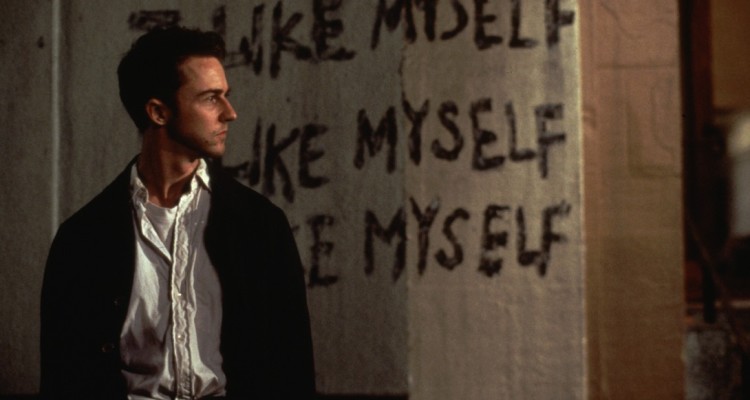semiotics
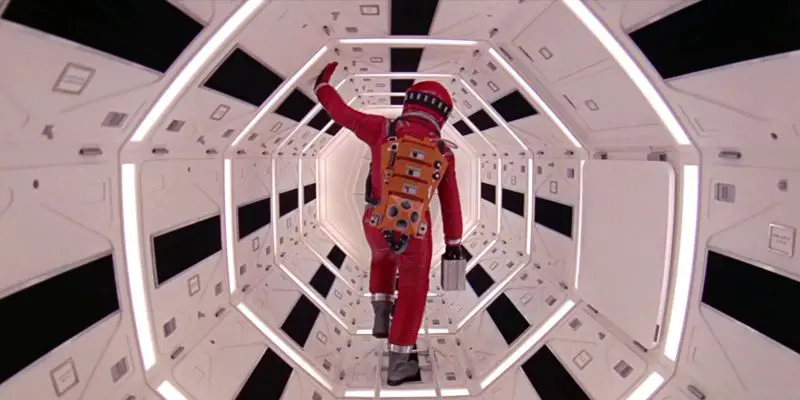
Stanley Kubrick’s classic sci-fi epic, 2001: A Space Odyssey, is a fictional transcendence of classic Greek mythos through the ubiquity of the motion picture camera. As the film’s title suggests, this is Greek philosopher Homer’s The Odyssey told on the grandest of scales and sparing no expense that 20th Century cinema had to offer.

Mad Max: Fury Road, the latest from Australian director George Miller, is overtly, and perhaps primarily, an action film. The vast majority of its two hour runtime is devoted to a single unrelenting chase sequence; it both drives the narrative and provides a platform for the manic and brilliantly staged action set-pieces which will define the film for many audiences.
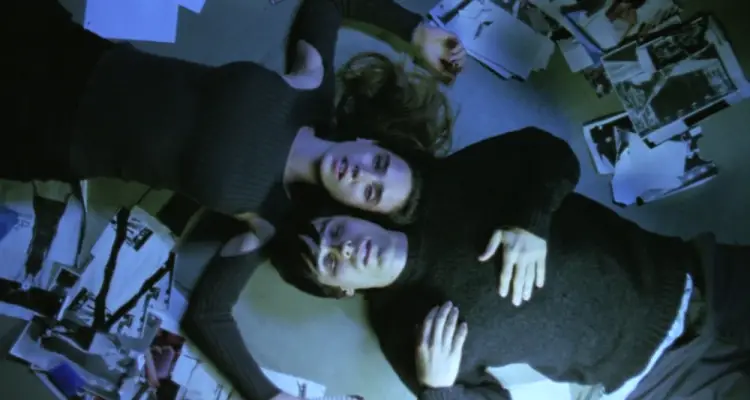
In earlier instalments of How To Analyse Movies, we discussed film language, how meaning is created in film through the use of signs, codes and conventions and most recently, we covered mise-en-scène and editing. In this chapter, we’ll discuss the camera and how it too can create meaning and how important it is to know about the way the camera is used to analyse a movie. The way the camera has been positioned or has been used too can create meaning, and it’s very important to know how it has been positioned and to analyse a film in its whole.
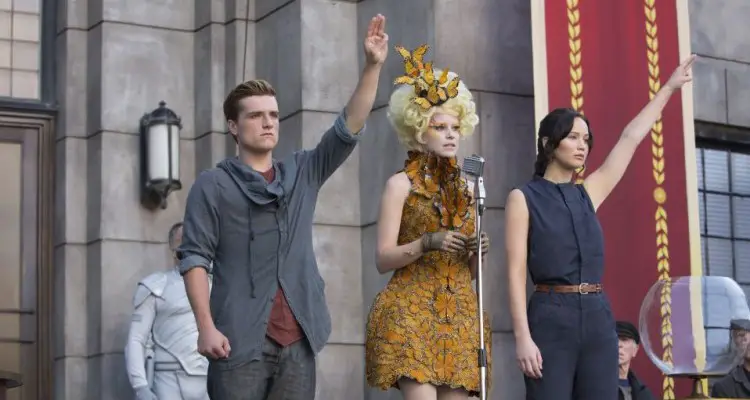
In this chapter, we’ll cover the signs, codes and conventions in a film that can tell you a lot about the messages that the creators are trying to convey. Some filmmakers are aware of the use of signs, codes and conventions in their work, though some are not. In that case the symbolism may be there, but not on the surface, which makes it a little harder to interpret.


